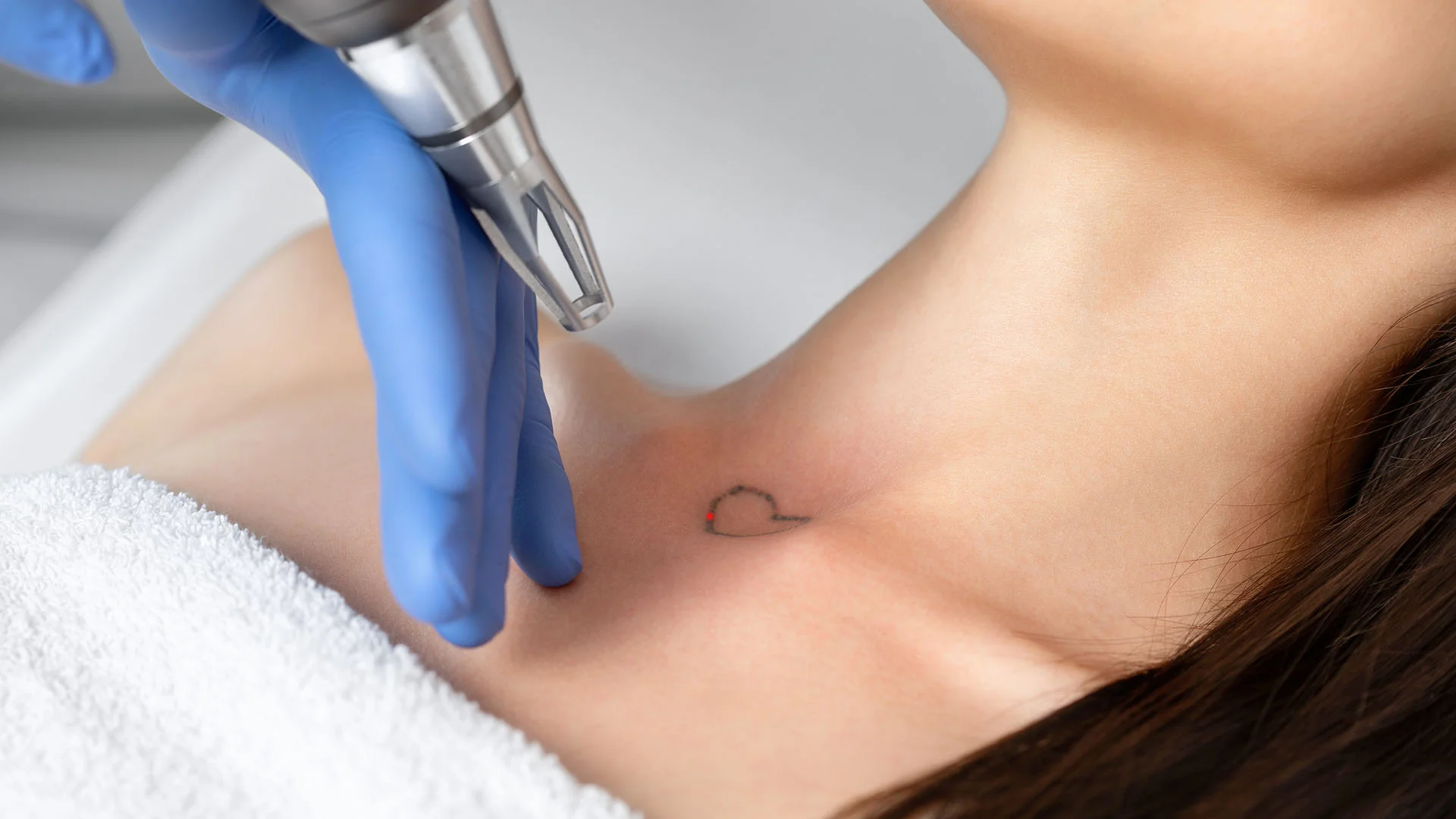Laser tattoo removal technology has undergone significant advancements since its inception, transforming from a rudimentary procedure with limited success into a sophisticated, highly effective treatment. This evolution has made it possible for people to safely and effectively remove unwanted tattoos with minimal side effects.
Early Methods: The Pre-Laser Era
Before lasers became the standard, tattoo removal coventry options were limited and often invasive. Techniques such as dermabrasion, where the skin is literally sanded down to remove the tattoo, and excision, which involves cutting out the tattooed skin and stitching the area back together, were common. These methods were painful, carried a high risk of scarring, and were generally reserved for small tattoos.
Chemical peels and salabrasion (rubbing the skin with salt) were also used, but they too were harsh and often left noticeable scars. The outcomes were unpredictable, and the risk of infection and other complications was high.
The Introduction of Lasers: A New Era Begins
The development of laser technology in the late 20th century revolutionized tattoo removal. The first lasers used for tattoo removal were continuous-wave lasers, but they often caused significant damage to the surrounding skin and resulted in scarring. These early lasers lacked the precision needed to selectively target tattoo ink without affecting the surrounding tissue.
The breakthrough came in the 1990s with the introduction of Q-switched lasers. These lasers emitted short, high-intensity pulses of light that could target the ink particles without causing excessive heat damage to the surrounding skin. The Q-switched Nd
laser became the gold standard for tattoo removal, offering a safer and more effective method than previous technologies. It could target a range of ink colors, although lighter colors still posed challenges.
Advancements in Laser Technology: PicoSure and Beyond
In recent years, the evolution of laser tattoo removal has continued with the development of picosecond lasers, such as the PicoSure laser. These lasers deliver energy in even shorter bursts than Q-switched lasers, measured in trillionths of a second (picoseconds). The faster pulse duration allows for more effective ink fragmentation, making it easier for the body’s immune system to clear the ink particles. This advancement has led to fewer required sessions and improved outcomes, particularly for stubborn ink colors like green and blue.
PicoSure lasers also produce less heat, reducing the risk of skin damage and scarring. They are effective on a broader range of skin types and tattoo colors, making the procedure more accessible to a wider audience.
The Future of Laser Tattoo Removal
As laser technology continues to advance, researchers are exploring new ways to enhance the efficacy and safety of tattoo removal. This includes the development of lasers with multiple wavelengths that can more effectively target complex, multi-colored tattoos, and the integration of AI to customize treatment plans based on individual skin and tattoo characteristics.
Conclusion
The evolution of laser tattoo removal technology has dramatically improved the safety, effectiveness, and accessibility of the procedure. From the rudimentary methods of the past to the advanced lasers of today, this technology has made it possible for millions of people to safely and successfully remove unwanted tattoos, with minimal side effects and scarring.
